Tag: Indigenous Peoples
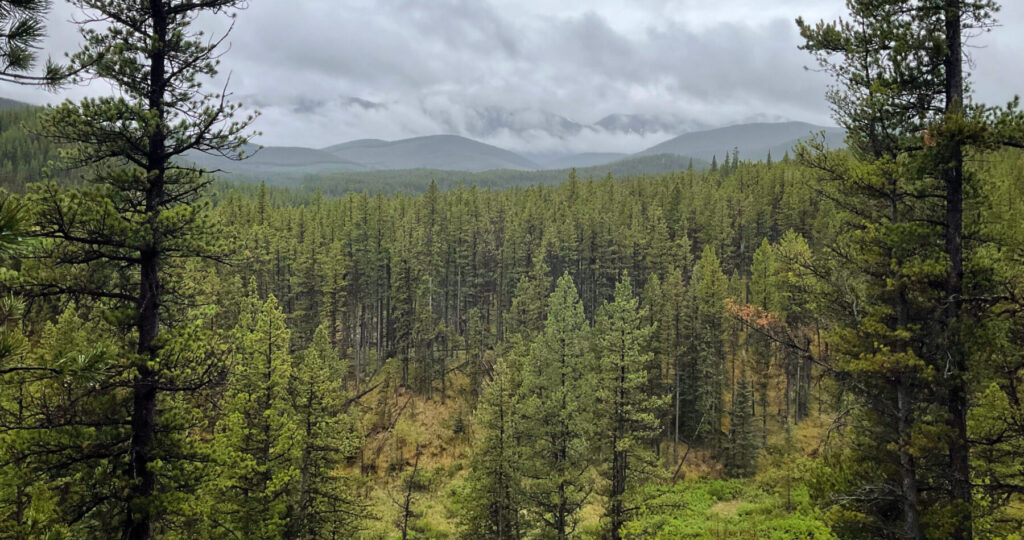
June 20, 2024
National Indigenous Peoples Day, 2024
The Role of Indigenous Engagement in the Stewardship of Cultural Landscapes National Indigenous Peoples Day is a celebratory holiday to commemorate the culture, heritage, and contributions of the Indigenous population of Turtle Island (Canada). This year, we would like to highlight the significance of Indigenous involvement in forestry-based archaeological assessments, and research programs throughout the
Keep Reading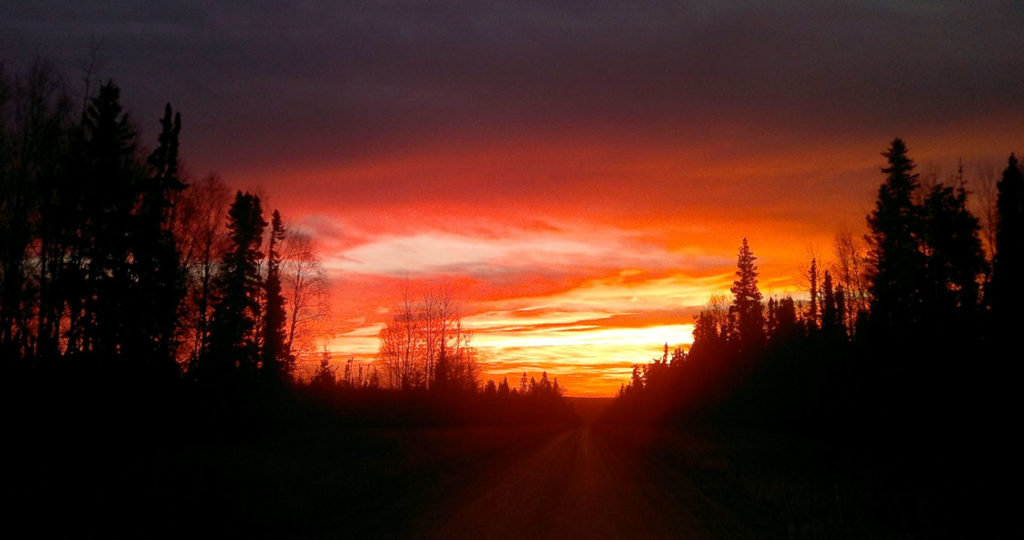
June 22, 2022
PRESS RELEASE – CPDFN / Ember Joint Venture
Today, Ember Archaeology announces its joint venture partnership with Chipewyan Prairie Dene First Nation (CPDFN), as an important step to helping CPDFN regain stewardship of their ancestral cultural and material remains. This partnership is structured around an approach for Indigenous engagement that is proactive and long-term. The new joint venture business area includes the Regional
Keep Reading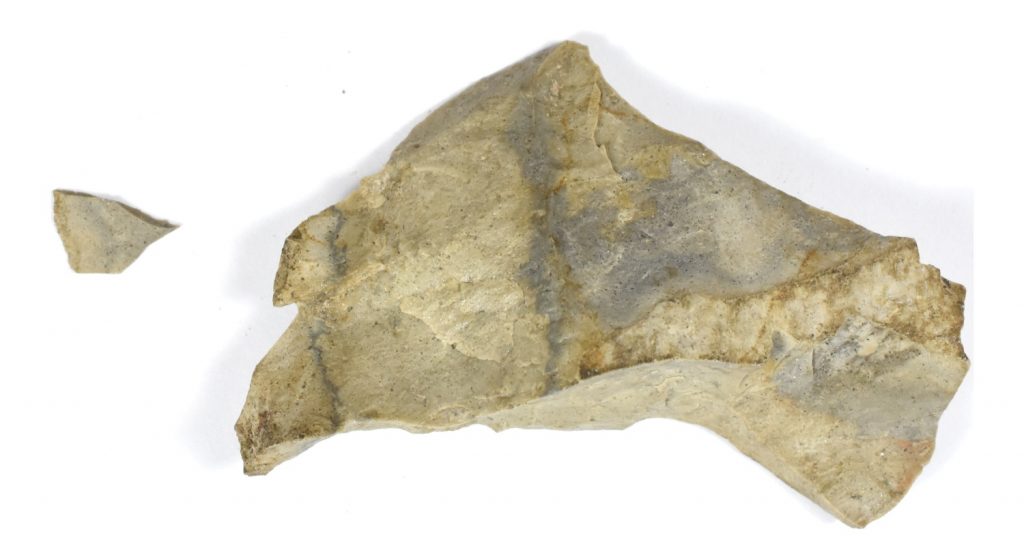
April 21, 2022
Glossary Series – Beaver River Sandstone
Beaver River Sandstone is a stone used for flintknapping that was found in two major quarries near Fort McKay in northern Alberta. It can appear in all shades of grey and brownish grey, with small embedded crystals of medium to dark grey quartz (called “inclusions”). Depending on where it was quarried, it can range from
Keep Reading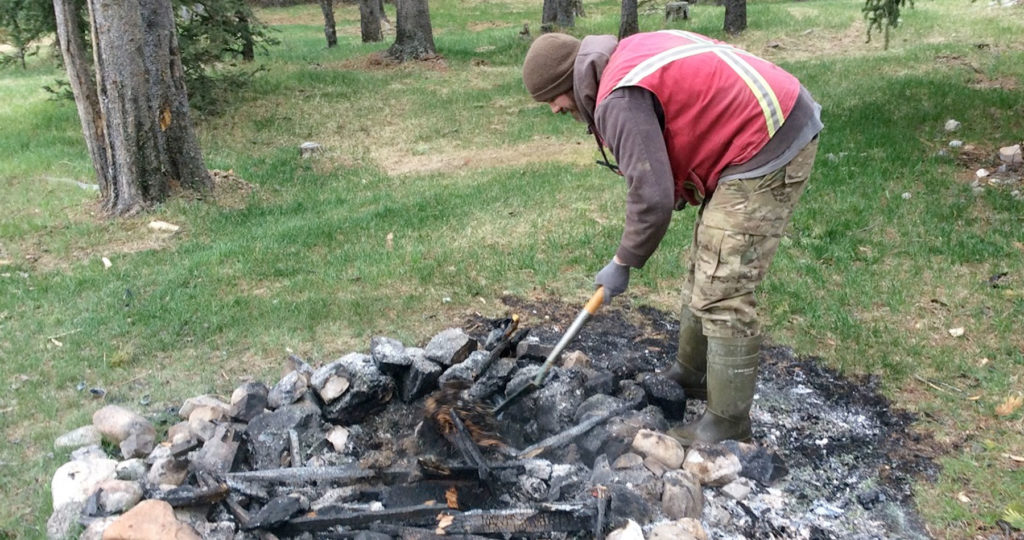
February 7, 2022
Glossary Series – Fire Cracked Rock
Fire Cracked, or Broken, Rock (FCR or FBR) is a type of artifact found at many archaeological sites in Alberta. It is created by heat cycling a stone (eg. heating it up and then cooling it off). If the stone is cooled very quickly, it can fracture, or even explode! Repeatedly heat cycling a rock
Keep Reading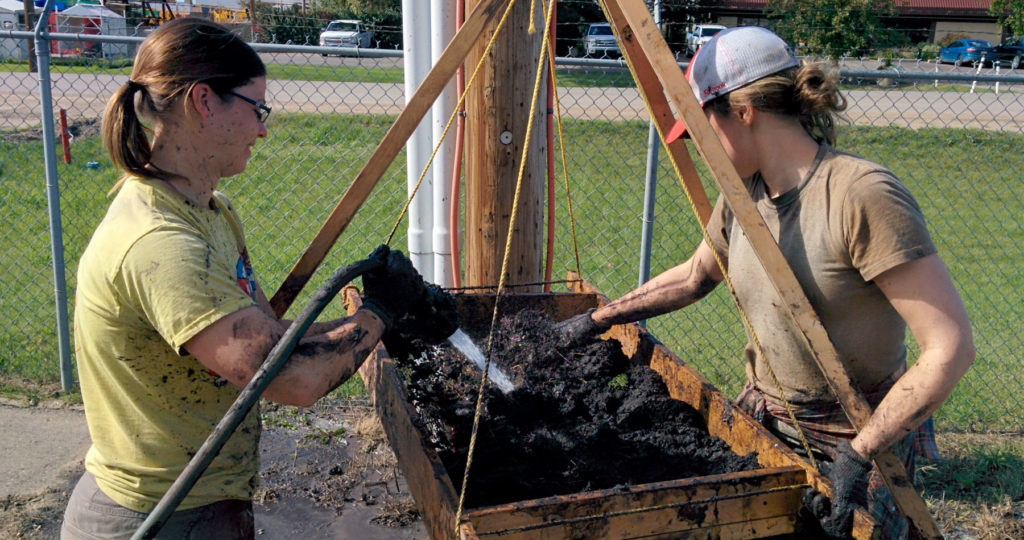
January 7, 2022
Help! My Child wants to be an ARCHAEOLOGIST!
We get many questions from parents with children interested in archaeology. Is archaeology really a job? What classes does my child need to take to be an archaeologist? Can it be a career? Like any professional field, if your not an archaeologist, you likely aren’t aware of the specifics. Ember Archaeology is here to help!
Keep Reading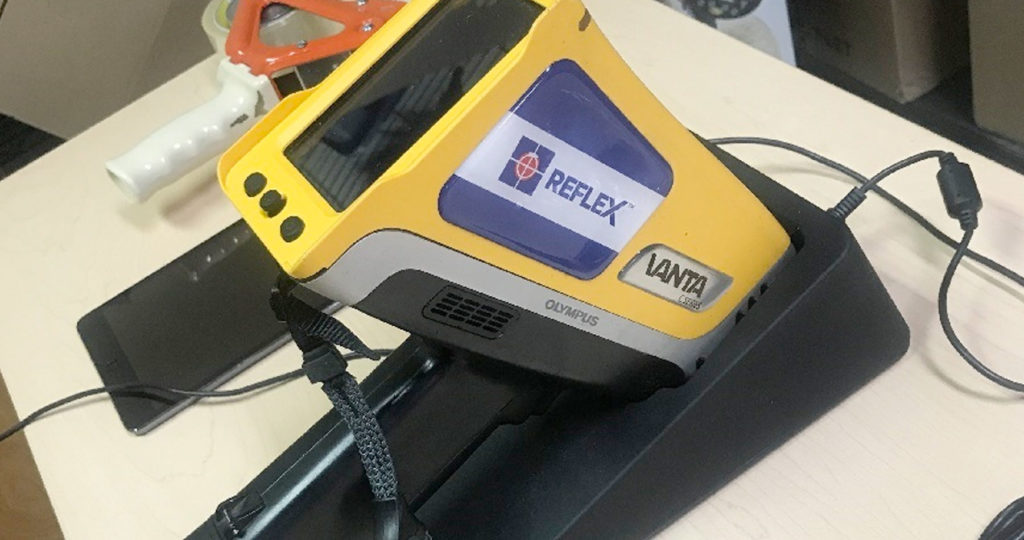
March 19, 2020
Sourcing with pXRF (portable X-Ray Fluorescence)
“Sourcing” is the study of associating artifacts with their geologic origin in order to infer human transport of materials. This field of research has revealed networks of trade and exchange among indigenous peoples in pre-contact times. But how do researchers figure out the actual source? One method is with Portable X-Ray Fluorescence (pXRF) analysis. These
Keep Reading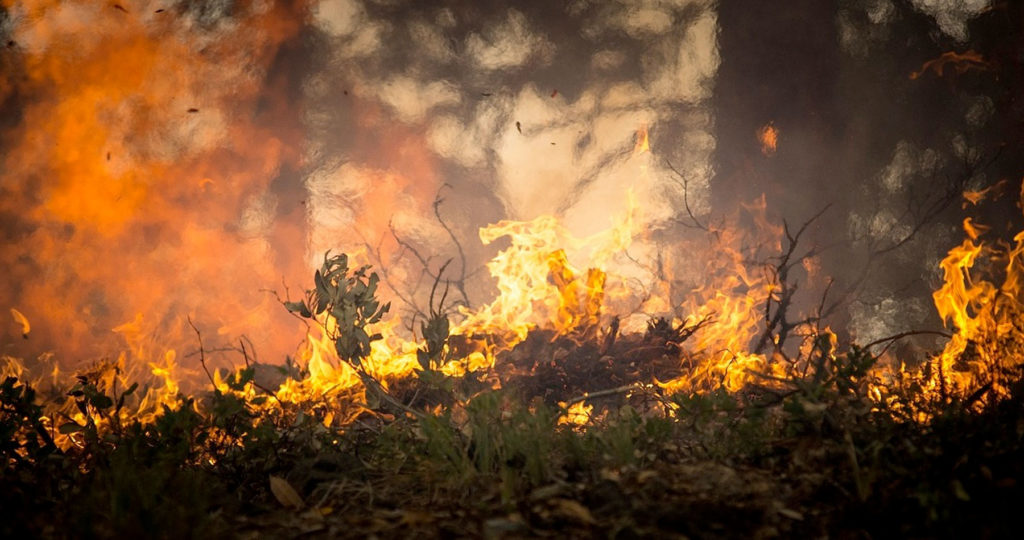
April 17, 2019
Wildfire and Archaeology: The good, the bad, and the opportunity
In recent years, wildfires in Canada and the United States have brought devastation to many communities. In the last 10 years, wildfires have burned nearly two million hectares of land in Canada alone. Human intervention, aimed at stemming the destruction wrought by wildfires during the last century, has actually increased the threat of large fires
Keep Reading
April 4, 2019
Where does the Obsidian we find come from?
Obsidian is a volcanic glass that was used by pre-European contact people all over North America. Known for its natural sharpness, ancient peoples sought the material for making tools for cutting and slicing. Additionally, it is easier to flintknap than the harder and more readily available materials local to Alberta. As many of our readers
Keep Reading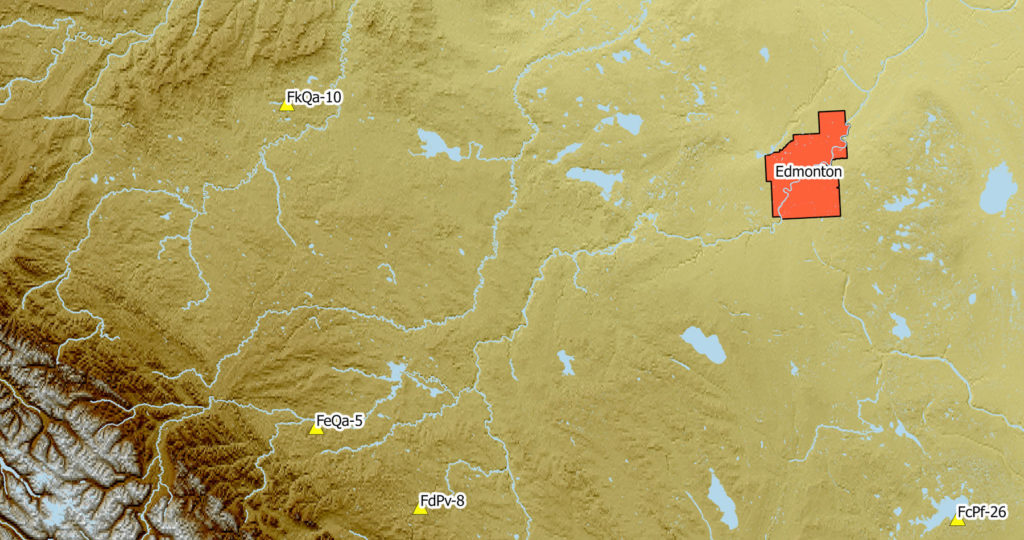
March 25, 2019
Top Ten Sites of 2018!
Now that all the reporting is done, we thought it was a good time to look back on some of the exciting sites we worked on from the past year. We find over 100 sites every year but these sites stand out either because we found interesting artifacts or the site is unique. It doesn’t
Keep Reading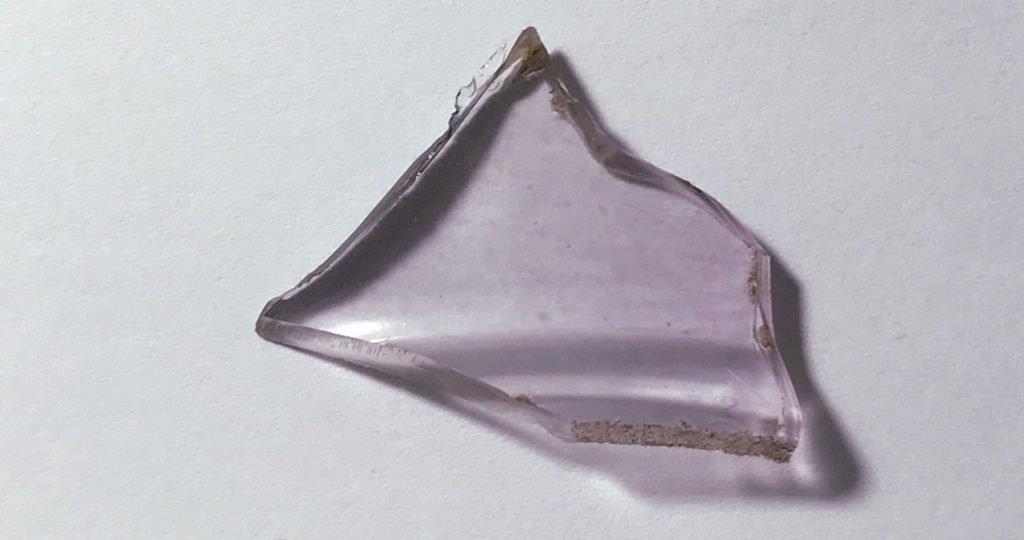
February 11, 2019
Purple Glass = Pre World War I
When we find post-European contact sites in Alberta we find a variety of historic resources including: cabins, ceramics, metal, and glass. The style of each of these can be a good indication of age and, in particular, glass has several features we look for. This includes molds, pontil marks (Figure 2), lip forms (Figure 1),
Keep Reading